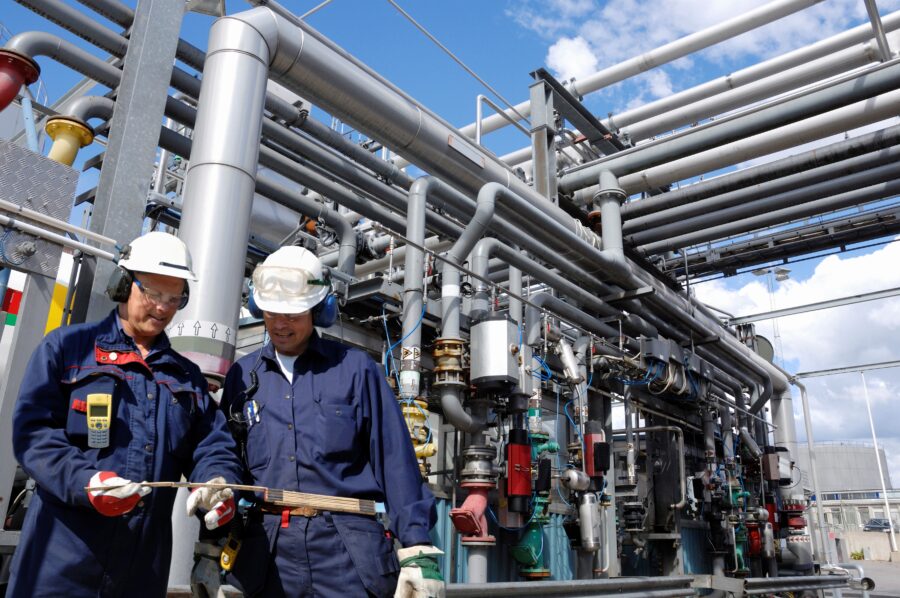
The Various Parts of a Pressure Vessel
A container or a tank where various gasses are stored processes the pressure vessel. An internal pressurization system allows for a different pressure internally than externally.
The Components
There are three components in a pressure vessel that are considered to be basic – the shell casing, necessary attachments and a base. The other components are considered to mainly include the nozzle and the head.
The Shell
The Shell contains the pressure and consists of plates that have been welded together with an axis. Horizontal drums use shells with a cylindrical shape.
The Head
This is what closes off the end of a pressure vessel. Curved heads have less weight, cost less and have more strength than flat heads.
The Nozzle Heads
This is a cylindrically shaped component used for penetration of the shell.
The Supports
These take the weight off the pressure vessel. There are numerous types of supports including Saddle and Lug.
The Saddle Supports
These give support to horizontal drums in two locations and reduce stress.
The Skirt Supports
Vessels with height and vertical pressure use skirts. These are welded to the shell section with enough length to go to the bottom of the head. This adds flexibility and prevents high stress thermally.
The Leg Supports
Little vertical drums use these welded to the bottom part of the shell. They help to provide more reinforcement.
The Lug Supports
Vessels using vertical pressure use lugs. These are only for small and medium diameter vessels. These are bolted on and add stability to prevent a load from being overturned. A pressure vessel components manufacturer produces these supports.
